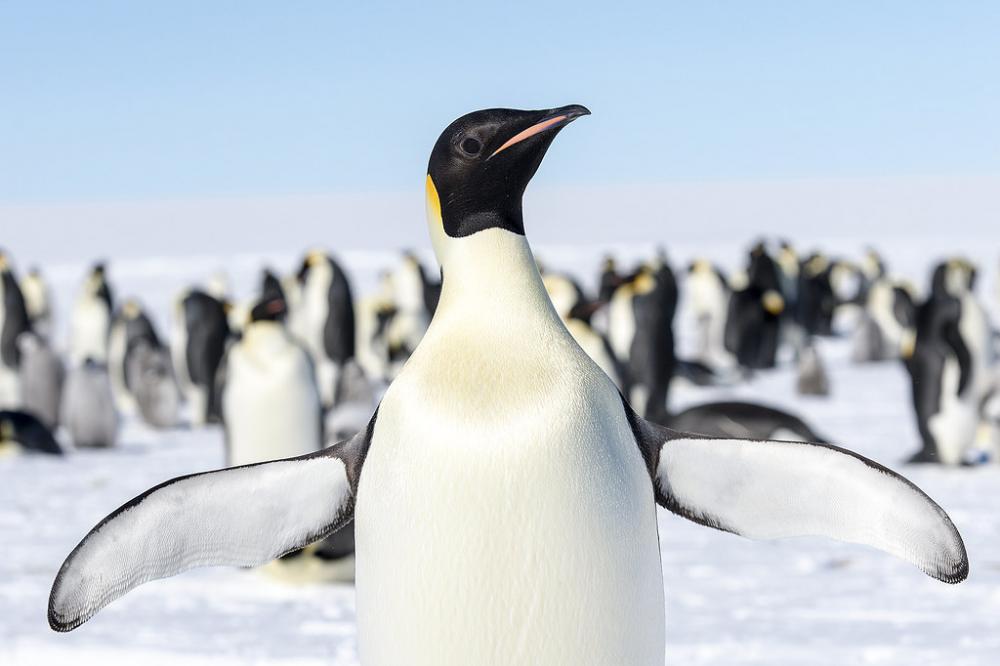At WiseGEEK, we're committed to delivering accurate, trustworthy information. Our expert-authored content is rigorously fact-checked and sourced from credible authorities. Discover how we uphold the highest standards in providing you with reliable knowledge.
How Do Penguins Avoid Getting Frostbitten Feet?
Penguins might look pretty classy with their tuxedo-like plumage, but even in the bitter cold of the Antarctic, they go around barefoot. If you tried this, you'd be walking on frostbitten feet in minutes, so how do penguins do it?
For one thing, penguins have evolved so that the circulatory system in their legs and feet has the ability to restrict blood flow, thereby maintaining a temperature just above freezing. Additionally, the blood vessels in their lower extremities are tightly packed, which helps with heat exchange. The warm blood coming from above (in the arteries) heats the cool blood returning in the veins from below, helping to maintain the bird's core temperature. Having relatively cool blood in their feet (which are mainly bone, tendons, and thick skin) means that there is less heat to lose.

The heat exchange system is so good that penguins can regularly stand on ice and dip into freezing waters in wind chills as low as -75 °F (-59.4 °C). This setup is what helps emperor penguin dads – yes, dads – incubate an egg on top of their feet for two months while their partners are gathering food.
And while you wouldn't think that inhabitants of the Antarctic are ever in danger of overheating, penguins' thick feathers and layer of blubber can make them very warm on sunny days, so their feet and beaks come in handy for allowing heat to escape.
Cool penguin facts:
- That tuxedo look is a defense mechanism; their black backs hide them from predators above the waves, while their white bellies camouflage them from those below.
- Penguins can't fly because they have solid bones, but those same bones make them excellent swimmers and divers.
- As much as you might love seeing them as friends in cartoons, penguins and polar bears live on opposite ends of the globe – penguins in the Antarctic and polar bears in the Arctic.
AS FEATURED ON:
AS FEATURED ON:











Discuss this Article
Post your comments